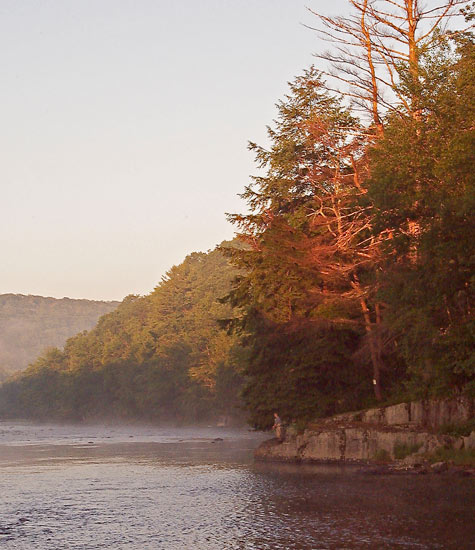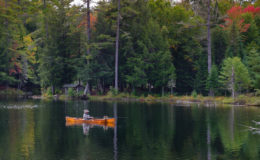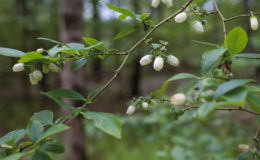In honor of the first day of the Trout Season for 2010, I offer this essay:
For the Pennsylvania angler, there are many forms of fishing to be experienced. From trolling the depths of Lake Erie for salmon, “still fishing” at night for catfish, jigging through a hole in the ice of a frozen lake, or riding a high-powered bass boat across a lake to a favorite weed bed, the choices are numerous. Without disparaging these pursuits however, fishing in Pennsylvania for me has always been about streams… and trout.
The trout is a wonderful food-seeking engine. Whether brook, brown or rainbow, it is a sleek, torpedo, painted with precise and tasteful patterns of red, silver, brown and blue, aesthetic in a way unmatched by the pallid green of most other game fish. For the most part, they exist in rivers and streams, searching for a variety of food sources including crayfish, minnows and most importantly, aquatic insects.
Trout behavior is if nothing else, logical. They favor positions in the flow where they are protected from the current (and thus expend less energy), but have ready access to the main channel where the food is plentiful. Larger fish generally get the most favorable locations. Fishermen know this, they cast their lures into the relatively quiet water behind large rocks, or near to eddies and undercut banks.
Pennsylvania is well known as a desirable trout fishing destination. It is our topography that determines this. With large regions of ridges and valleys; with mountains that are high enough, but not too high, our state is interlaced with excellent trout water. From the remote hemlock-shaded streams of the Allegheny National Forest, to the more open limestone creeks of the central state, to the upper Delaware River, the angling opportunities seem almost endless.
Though there are many ways to fish for trout, fly-fishing is by far the most challenging. For most anglers, the goal of an outing is to catch multiple, preferably large, fish however you can. Fly fishermen see it somewhat differently. Limiting themselves to the use of odd-looking wisps of feathers, hair, and thread as bait; they seek to present the quarry with unlikely replicas of the aquatic insects that on that month, day and hour, and in that particular creek, are the trout’s likely food source.
To accomplish this with any consistency, one must not only understand trout and their behavior, but also the etymology of aquatic insects. Much of the fishing is “catch and release”, facilitated by the use of “barbless” hooks. Thus in effect, the trout ceases to be a trophy, but becomes instead a judge, testing the accuracy of the fly tiers art, the gentleness of the cast, and the angler’s knowledge of stream biology.
This is not to say that trophy fish are not pursued. Even in this gentle art, landing a huge, slack-jawed creature is an exiting and memorable event. The fish is handled gently, measured, and perhaps photographed, then as quickly as possible returned to the streams embrace. A taxidermist may later immortalize it; working from the snapshots and dimensions to create a replica of that noble creature.
As we later admire it, mounted perhaps on a den wall, it is fun to think that the magnificent spirit depicted there probably still exists. One can imagine it, grown slightly larger now, slipping quietly through the waters of that very same stream, waiting patiently for the next juicy morsel to float by.







Carol Dombroski
April 13, 2010 9:40 amDidn’t know you were a fellow fisher person. Hubby has been writing “to do” lists gearing up for Saturday for over a week now.
Going to print your picture/article and send it to my Dad. I know he will enjoy it as in younger days this was one of his favorite things to do on a nice Saturday morning and afternoon — especially up the Lehigh and Meshoppen Creek.